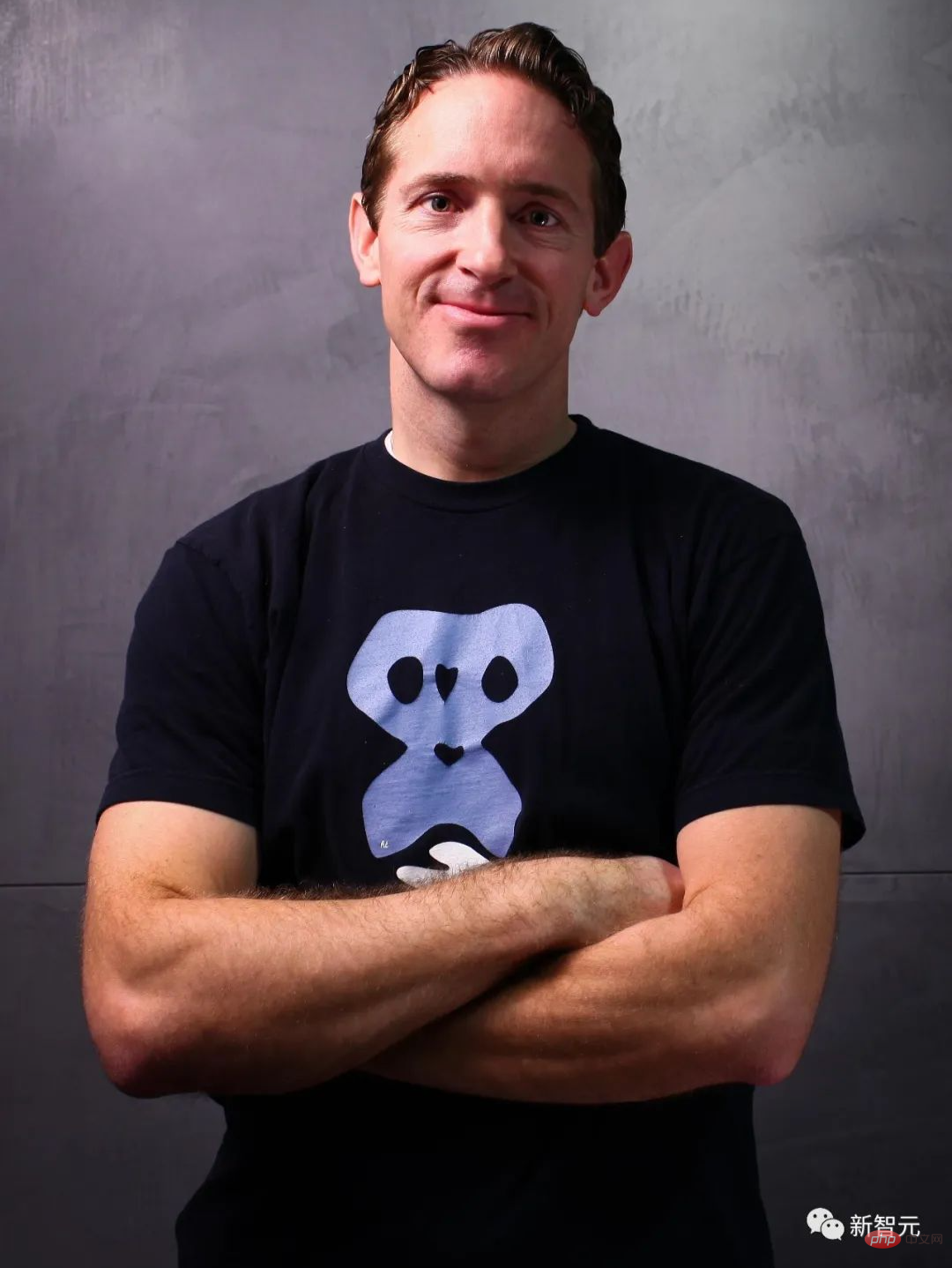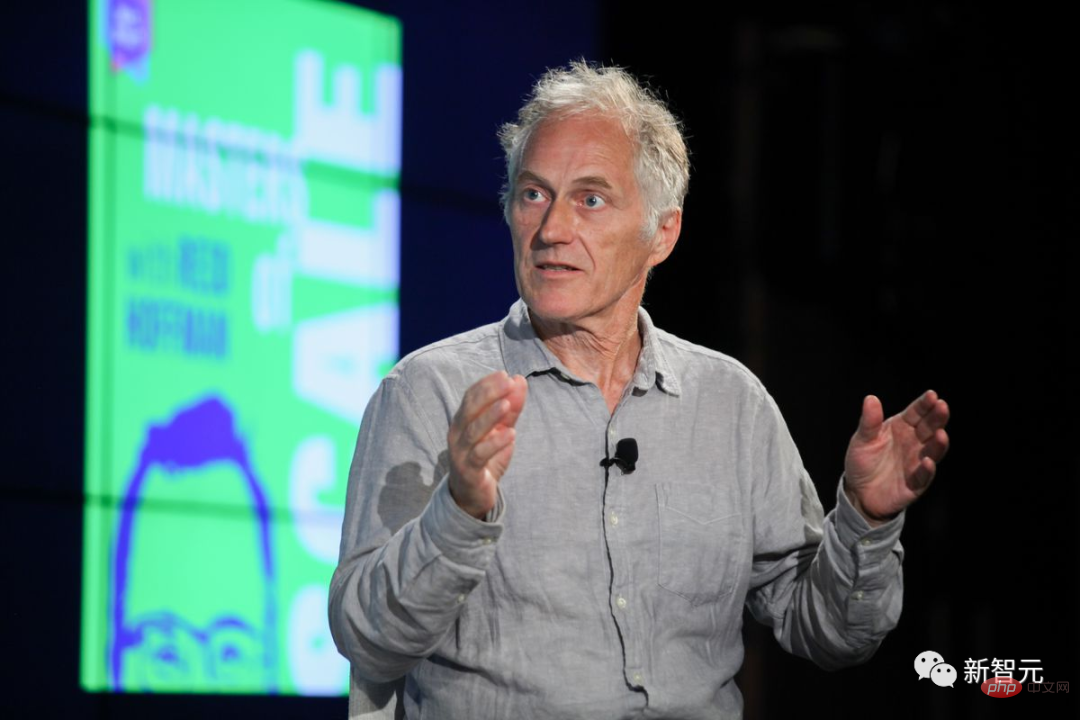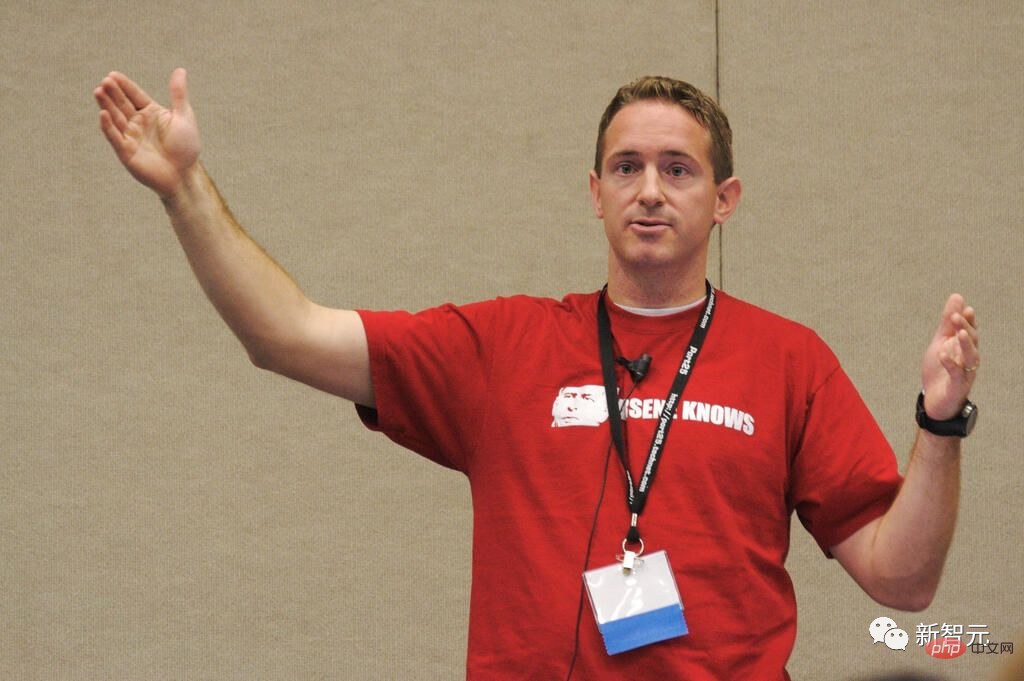 Technology peripherals
Technology peripherals
 AI
AI
 Is AI not suitable for open source? MongoDB Vice President: Open source code is not suitable for artificial intelligence
Is AI not suitable for open source? MongoDB Vice President: Open source code is not suitable for artificial intelligence
Is AI not suitable for open source? MongoDB Vice President: Open source code is not suitable for artificial intelligence
It’s time to talk about the issue of AI open source.
Obviously, this is a problem that developers have to face. Basically since 2006, the issue of open source has become one of the top issues.
Matt Asay is responsible for marketing at MongoDB. Prior to that, he was head of Amazon Web Services and head of developer ecosystem at Adobe.
Before joining Adobe, Asay held a series of positions in open source companies. VP of Business Development, Marketing and Community at MongoDB, VP of Business Development at real-time analytics company Nodeable (later acquired by Appcelerator), VP of Business Development and Interim CEO at mobile HTML5 startup Strobe (later acquired by Facebook), and Ubuntu Linux COO of company Canonical and head of Americas for content management startup Alfresco.
Eventually, Asay became an emeritus director of the Open Source Initiative (OSI) and received a J.D. from Stanford University.

Previously, Matt Asay accused Google and Yahoo of having reservations about open source code, and then he Got scolded.
Now that I think about it, it makes sense.
Tim O'Reilly said that in the open source cloud era, the motivation for developers to share code is to let others run their own programs, thereby providing a copy of the source code. And the necessity for this has slowly disappeared.


In other words, Meta is not trying to hide anything about OPT-175B, but it is really difficult to build a similar infrastructure. Even for those with the money and technology, the end result will be a different version.
And that's exactly what Yahoo's Jeremy Zawodny and Google's Chris DiBona made at OSCON 2006.
But then again, it’s hard to trust an AI if you don’t understand the scientific principles inside the machine.
So, we need to find some way to make the infrastructure open for use.
Loukides believes that free access should be provided to external researchers and early adopters. However, it’s not like giving them a master key to access Meta, Google or OpenAI’s data centers, but through a public API.
This may not be the "open source" that most people expect, but it is actually acceptable.
A different way of looking at open source
Now, Matt Asay’s accusations against Google and Yahoo are meaningless.
Since 2006, Google has packaged and open sourced critical infrastructure to meet strategic needs.
In Matt Asay’s view, TensorFlow is the entrance to open source, and Kubernetes is the exit to open source. These open source machine learning industry standards are expected to improve Google Cloud workloads or ensure portability between Google Clouds, thereby winning more workloads to Google Cloud.
The people who came up with this are smart, but it's not open source in the Pollyanna sense.
It’s not just Google. It just does open source better than other companies. Open source is inherently selfish, and companies and individuals will always open up code that benefits themselves or their customers.
Always has been, and always will be.
Loukides believes that AI should be open in a meaningful way (despite the differences between the three major AI giants and other companies), but the open source he refers to is not open source in our general sense. why?
The reason is that while traditional open source is great, it has never successfully solved the problem DiBona and Zawodny proposed at OSCON in 2006, both for the creators and consumers of the software. The cloud open source problem.
More than ten years have passed and we are still no closer to the answer.
Then again, we are indeed a little closer.
Matt Asay believes that we need to look at open source in a new way.

He is close to Loukides’s thinking: The key is to provide researchers with sufficient access so they can Discover how a specific AI model succeeds or fails.
"They don't need full access to all code and infrastructure to run these models." As he puts it, full access to the code only makes sense if developers can run open source programs on their laptops and create derivative works.
Given the scale and unique complexity of code run by Google or Microsoft today, this makes no sense — we won’t have full access to cloud code at scale.
We need to understand: open source is not a lens through which to view the open source world. And considering the cloud age we live in today, open source is used less and less.
Our goal, both as a company and as individuals, should be to open up access to software in a way that benefits customers and third-party developers, making it easier to understand, rather than trying to reinvent open source concepts from decades ago Chengyun. It doesn't apply to open source, just like it doesn't apply to AI.
It’s time to change your mind.
The above is the detailed content of Is AI not suitable for open source? MongoDB Vice President: Open source code is not suitable for artificial intelligence. For more information, please follow other related articles on the PHP Chinese website!

Hot AI Tools

Undresser.AI Undress
AI-powered app for creating realistic nude photos

AI Clothes Remover
Online AI tool for removing clothes from photos.

Undress AI Tool
Undress images for free

Clothoff.io
AI clothes remover

AI Hentai Generator
Generate AI Hentai for free.

Hot Article

Hot Tools

Notepad++7.3.1
Easy-to-use and free code editor

SublimeText3 Chinese version
Chinese version, very easy to use

Zend Studio 13.0.1
Powerful PHP integrated development environment

Dreamweaver CS6
Visual web development tools

SublimeText3 Mac version
God-level code editing software (SublimeText3)

Hot Topics
 How to achieve the effect of high input elements but high text at the bottom?
Apr 04, 2025 pm 10:27 PM
How to achieve the effect of high input elements but high text at the bottom?
Apr 04, 2025 pm 10:27 PM
How to achieve the height of the input element is very high but the text is located at the bottom. In front-end development, you often encounter some style adjustment requirements, such as setting a height...
 How to optimize cell protection settings for performance when exporting Excel using excelJs?
Apr 04, 2025 pm 06:09 PM
How to optimize cell protection settings for performance when exporting Excel using excelJs?
Apr 04, 2025 pm 06:09 PM
When exporting Excel using the excelJs library, encounter performance bottlenecks. When exporting Excel using the excelJs library, if you need to protect the table at the cell level...
 How to correctly display the locally installed 'Jingnan Mai Round Body' on the web page?
Apr 05, 2025 pm 10:33 PM
How to correctly display the locally installed 'Jingnan Mai Round Body' on the web page?
Apr 05, 2025 pm 10:33 PM
Using locally installed font files in web pages Recently, I downloaded a free font from the internet and successfully installed it into my system. Now...
 How to make sure the bottom of a 3D object is fixed on the map using Mapbox and Three.js in Vue?
Apr 04, 2025 pm 06:42 PM
How to make sure the bottom of a 3D object is fixed on the map using Mapbox and Three.js in Vue?
Apr 04, 2025 pm 06:42 PM
How to use Mapbox and Three.js in Vue to adapt three-dimensional objects to map viewing angles. When using Vue to combine Mapbox and Three.js, the created three-dimensional objects need to...
 How to select a child element with the first class name item through CSS?
Apr 05, 2025 pm 11:24 PM
How to select a child element with the first class name item through CSS?
Apr 05, 2025 pm 11:24 PM
When the number of elements is not fixed, how to select the first child element of the specified class name through CSS. When processing HTML structure, you often encounter different elements...
 How to quickly build a foreground page using AI programming tools?
Apr 04, 2025 pm 08:24 PM
How to quickly build a foreground page using AI programming tools?
Apr 04, 2025 pm 08:24 PM
Quickly build the front-end page: Shortcuts for back-end developers As a back-end developer with three to four years of experience, you may be interested in basic JavaScript, CSS...
 Why are nested subroutines not effective in React Router 4.3 and how to solve this problem?
Apr 04, 2025 pm 06:24 PM
Why are nested subroutines not effective in React Router 4.3 and how to solve this problem?
Apr 04, 2025 pm 06:24 PM
The correct configuration method for ReactRouter4.3 nested subroutines is using ReactRouter4.3...
 Setting flex: 1 1 0 What is the difference between setting flex-basis and not setting flex-basis?
Apr 05, 2025 am 09:39 AM
Setting flex: 1 1 0 What is the difference between setting flex-basis and not setting flex-basis?
Apr 05, 2025 am 09:39 AM
The difference between flex:110 in Flex layout and flex-basis not set In Flex layout, how to set flex...





